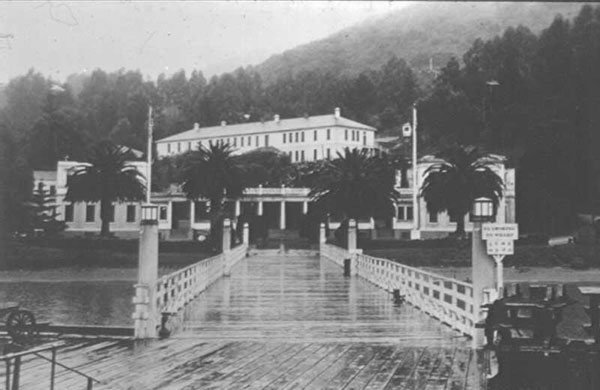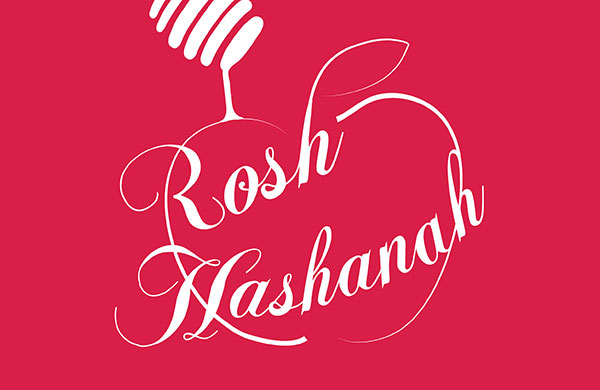 Rabbi Ovadia Yosef, a great scholar and daring legislator, Chief Rabbi of Israel (1972-1983), spiritual teacher and political leader to hundreds of thousands, never ceases to surprise. He surprised everyone in the rabbinical arena when he rose in amazing speed from office to office and was elected Chief Rabbi, the Rishon le Zion, even though he presented his candidacy only two weeks prior to the elections.
Rabbi Ovadia Yosef, a great scholar and daring legislator, Chief Rabbi of Israel (1972-1983), spiritual teacher and political leader to hundreds of thousands, never ceases to surprise. He surprised everyone in the rabbinical arena when he rose in amazing speed from office to office and was elected Chief Rabbi, the Rishon le Zion, even though he presented his candidacy only two weeks prior to the elections.
He was born in Baghdad in 1920, a first-born son who was named after his grandfather, Rabbi Abdullah Yosef, later changed to Ovadia. When he was four years old his family emigrated to Israel and little Ovadia was sent to the Bnei-Zion religious school, in the Bucharian neighborhood in Jerusalem.
At the age of 10, after proving to be the most brilliant student in school, he transferred to Yeshiva Porat Yosef and shortly after he was acknowledged as a genius there as well, mainly because of his tremendous persistence, his quick comprehension and his phenomenal memory.
The young Ovadia Yosef knew back then that he was meant to succeed. At the age of 17, he composed a short pamphlet of a few pages, Yabia Omer. In the yeshivah world, it was considered incomprehensible that this text could have been produced by such a young mind. But the young student wrote in the introduction: “I am 17 years old but I am meant to succeed and I don’t care if you say I’m arrogant. I was told, how dare you write, at your age, philosophical and legislative writings? But I hardened my face, as hard as stone, and I will not divert from my way.” Already back then his motto, as a poor Sephardic yeshivah student was, the insult exists, but honor is bound to come at the end.
At the age of 19 Ovadia Yosef was ordained as a Rabbi and at the age of 23 was appointed as a dayan (religious judge).
It was during 1944 that the acquaintance between the rising star and the honorable Margalit Phatal commenced. She was the daughter of the honorable Phatal, a Mekubal from Chaleb. After a brief courtship they were married.
In 1947 the couple left for Egypt, where Rabbi Ovadia Yosef served as Deputy Chief Rabbi, as president of the court, and finally as the Chief Rabbi of Cairo. After three years he returned with his wife and children to Israel and was appointed as a judge in the rabbinical court in Petah Tikva.
The word spread quickly about the genius who was an expert in the Bible, who could recite from hundreds of books by heart, and who had already written five books. It was shortly after that the young Rabbi became head of a yeshivah. In 1960 he was appointed as a judge in the great rabbinical court in Jerusalem, and in 1968 as the Chief Sephardic Rabbi of Tel Aviv. Together with his wife and children he moved into an apartment on Rothschild Avenue. It was the first time, after years of poverty, that he experienced economic stability.
In 1972 Rabbi Ovadia Yosef surprised everyone when he overcame Rabbi Yitzhak Nissim and was appointed Chief Rabbi of Israel. A parallel to him on the Ashkenazi side was Rabbi Shlomo Goren.
In 1983, following a manipulation by the Mafdal and Likud (passing an amendment to the law that limits the term of Chief Rabbis), Rabbi Ovadia Yosef transformed into the true spiritual and religious authority in the Sephardic community that he is today.
At the same time, a young man named Aryeh Deri began frequenting the home of Rabbi Ovadia Yosef. At the time Deri was studying in the Lithuanian Hebron Yeshiva together with Rabbi Ovadia Yosef’s son, David. Soon enough, Deri became like an adopted son. Rabbi Ovadia’s wife liked Aryeh. He taught the Rabbi’s youngest son, Moshe, and established his position in the Rabbi’s house. Together with David he influenced the Rabbi to create the Shas movement.
Shas was created in 1983 as a local party in Jerusalem just before the municipal elections, striving to equalize the Sephardic status with Ashkenazi education. The party surprised everyone when it won three mandates, and the Rabbi agreed to become its main patron. This is how Rabbi Ovadia Yosef and his right-hand man Deri became the decision makers in the party. Rabbi Ovadia Yosef became a powerful element in the political system in Israel.
Rabbi Ovadia Yosef’s success and rise to power can be explained by the fact that in the 60s and 70s, when the Israeli Sephardic identity was just forming, he was ready with a complete system of legislation, backed by a ripened philosophy ready to be represented. The great achievement of his life was his creation of a harmonious legislative system that catered to the Sephardic community and that actually unified the whole phenomenon of Israeli Sephardic identity.
Throughout the years Rabbi Ovadia Yosef has written dozens of books, including Yabia Omer (8 volumes), Point of View (6 volumes), Ovadia’s Vision (3 volumes), Purity of the Home (2 volumes), Light of Israel and All of Sinai. He was awarded the Rabbi Cook Award, the Rabbi Uziel Award and the Israel Award for Religious Literature for 1970. His most outstanding quality is his courage to proudly renew the Sephardic system of legislation. Even when he was an anonymous judge in Petah Tikva, Rabbi Ovadia Yosef was one of the only people who dared to oppose the legislation of the religious institution. As a young judge he amazed the public when he preferred Yibbum over the Chaliza tradition, or allowed marriage with Karaim. Time and again he disagreed, openly and proudly, with the official position of the Rabbanut, while sticking to his religious Sephardic position. Thus, for example, when he was the Chief Rabbi of Tel Aviv, he cancelled the religious council’s decision not to permit marriage in the Ben Hamezarim days, as the Ashkenazim do, and instructed all the marriage registrars in his jurisdiction to allow marriage of Sephardic Jews for the whole month of Tamuz.
As opposed to other social/ethnic parties that quickly disappeared, Rabbi Ovadia Yosef portrayed a positive symbol of a cultural renaissance to his people. He tried not to heal wounds but rather to revive the identity. He rose at a time when Sephardic society was at a low point, filled the void and called thousands of scholars to return to their origins—which are not only legitimate and different, but also authentic and honest.
Indeed, even today the Sephardic people are involved in an institutional revolution and are creating alternatives for the entire religious system: study groups, Bible studies, women’s organizations, a court for kosher food, etc.
For Rabbi Ovadia Yosef, there is one profound meaning to the existence of the state: “The State of Israel today is the center of Torah in the world, and there is no Torah like that of Israel.” The Torah of Israel today stems, according to him, from the Sephardic fountain.
Compared to the depth of his writing which is based on difficult, sophisticated scholastic language, Rabbi Ovadia Yosef can speak to his public in a popular and simple language. This ability probably stems from the dualism of the offices he held throughout the years. On the one hand, he was a rabbi, head of a yeshivah, noted legislator, teacher of geniuses and author of important books and on the other hand, he was a popular leader, guiding the masses and including the less educated ranks, whom he attracted with legends and stories told in simple language.
There is no doubt about the fact that as a scholar and a leader he is an exceptional man. It is especially great for a rabbi of his scale to come down to his own people, to his audience, which has its own vocabulary and its own language.
Rabbi Ovadia Yosef’s lectures are so popular that for over 40 years, more than 1,000 people attended them every week. Thousands more listen to his lectures, transmitted through close-circuit TV screens and via satellites to 150 other locations in Israel and abroad. It is estimated that 50,000 viewers tune in weekly.
Rabbi Ovadia Yosef has 11 children. His sons are rabbis and yeshivah leaders; his daughters are married to rabbis and yeshivah leaders. He has 60 grandchildren.



